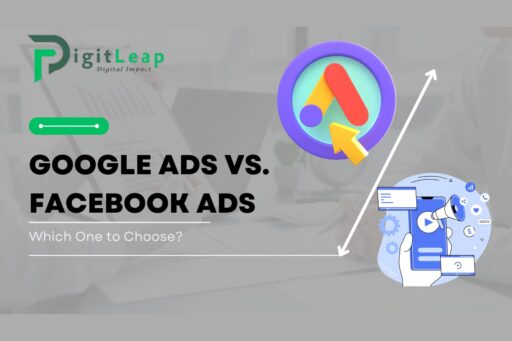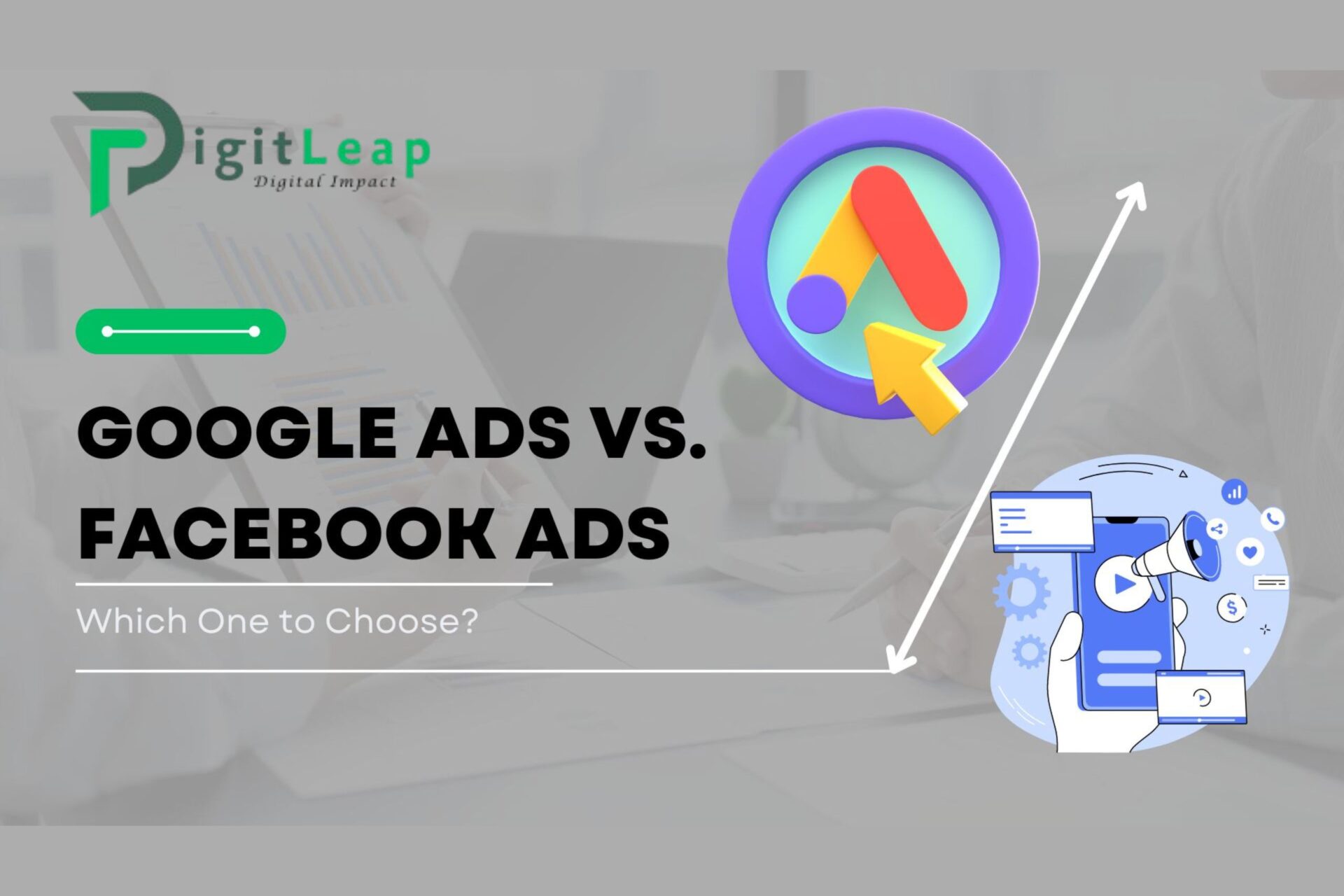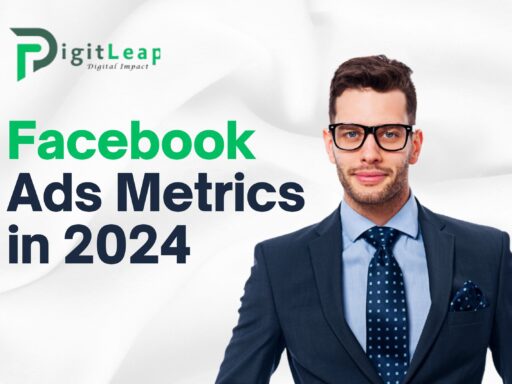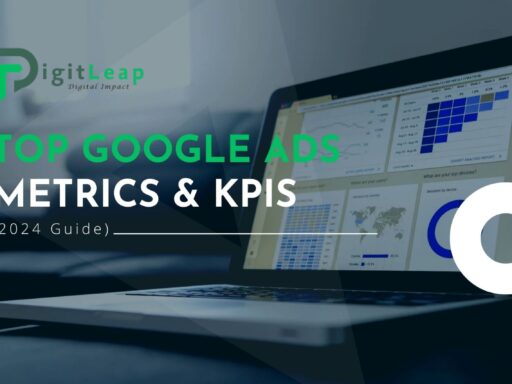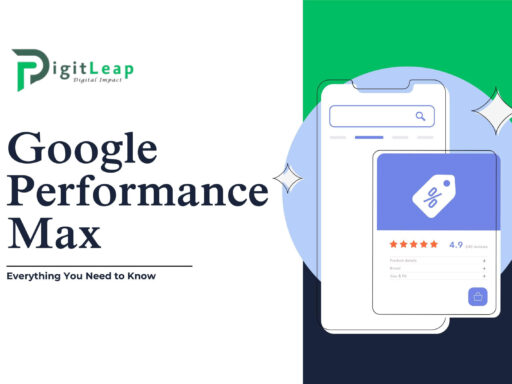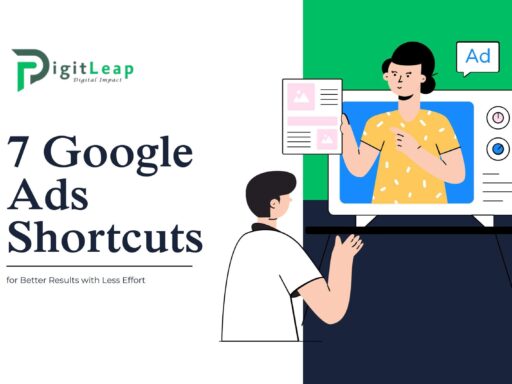Google Ads vs. Facebook Ads: The Ultimate Choice for Your Business in 2025
Choosing between Google Ads and Facebook Ads can feel like picking between two powerful marketing tools—each with its own strengths and challenges. In this guide, we break down the key differences in a friendly, easy-to-read manner to help you decide which platform is the best fit for your business.

Google Ads: Precision and Intent
Google Ads excels at capturing users with high intent. When someone searches for a specific product or service, your ad appears right at that moment, making it ideal for driving immediate conversions. Here are some key points:
- Intent-Driven: Ads are triggered by user searches, meaning they target individuals actively looking for what you offer.
- Wide Reach: With millions of daily searches, Google Ads can tap into a vast audience across the globe.
- Variety of Ad Formats: From text ads on search results to visually engaging display ads, you have multiple ways to connect with your audience.
- Advanced Analytics: Detailed performance metrics help you fine-tune your campaigns for maximum ROI.
Facebook Ads: Engagement and Community
Facebook Ads, on the other hand, shine when it comes to engagement and building a community around your brand. This platform allows you to target users based on their interests, behaviors, and demographics, making it perfect for raising brand awareness and nurturing customer relationships.
- Targeted Reach: Leverage rich demographic and behavioral data to tailor your ads to specific groups.
- Visual and Interactive: With formats like carousel, video, and slideshow ads, you can create dynamic campaigns that capture attention.
- Community Building: Facebook’s social nature encourages interactions, helping to build a loyal following around your brand.
- Cost-Effective Options: Especially for businesses aiming for brand awareness, Facebook Ads often provide a cost-effective solution.
Making the Decision
The choice between Google Ads and Facebook Ads ultimately depends on your specific marketing goals:
- For Immediate Conversions: If you need to capture high-intent traffic and drive direct sales, Google Ads is likely the better option.
- For Brand Engagement: If your goal is to build a community and foster long-term relationships with your audience, Facebook Ads might be the way to go.
In many cases, a blended approach that leverages the strengths of both platforms can provide the best overall results. Evaluate your business objectives, consider your target audience, and decide which platform aligns best with your strategy.
Remember, there’s no one-size-fits-all answer. Stay flexible, test different approaches, and use the detailed analytics provided by each platform to continually optimize your campaigns.

